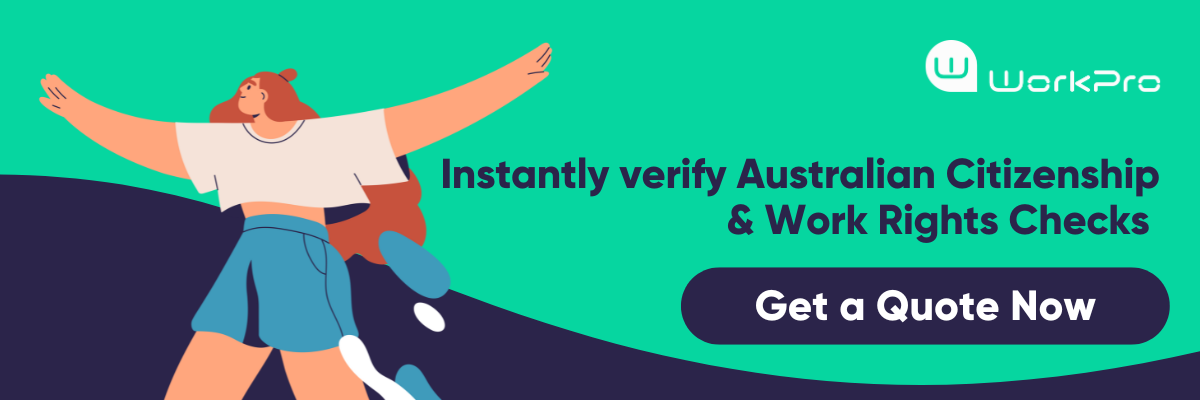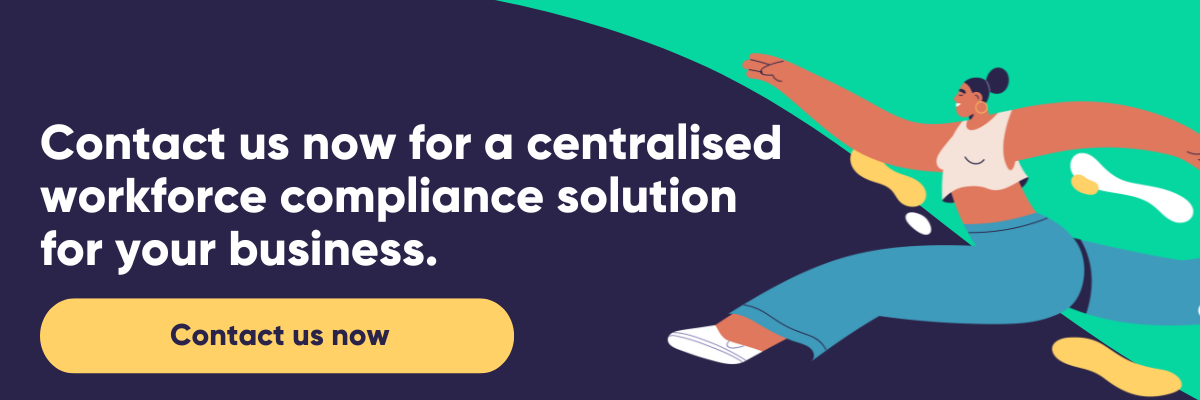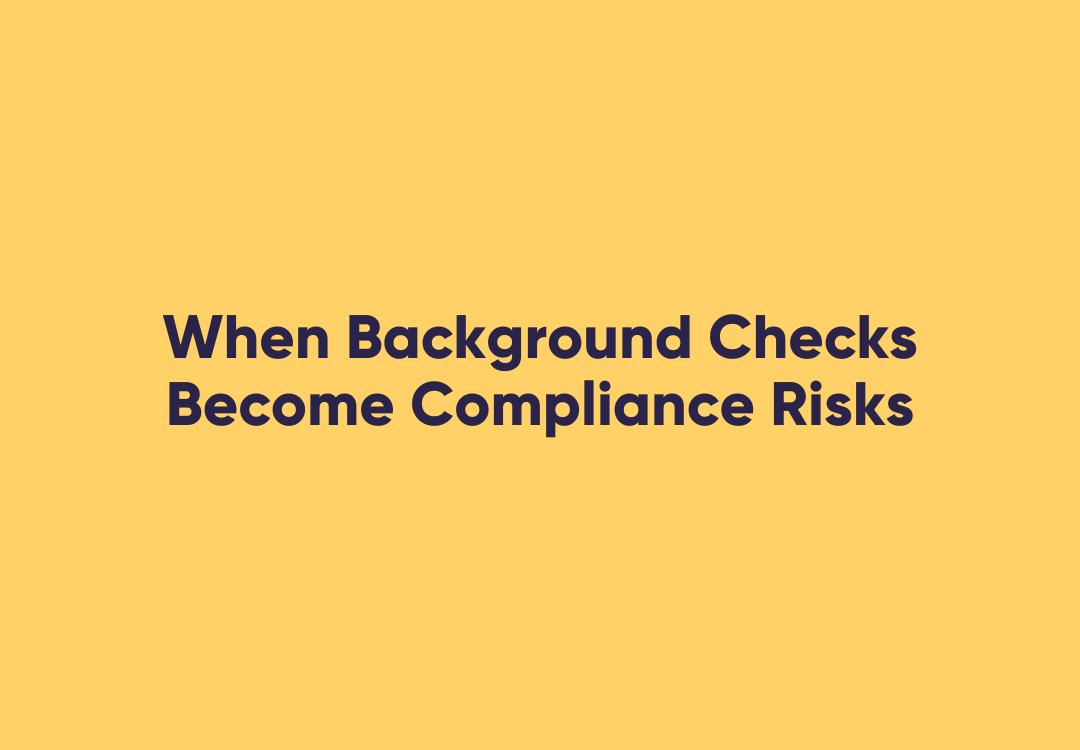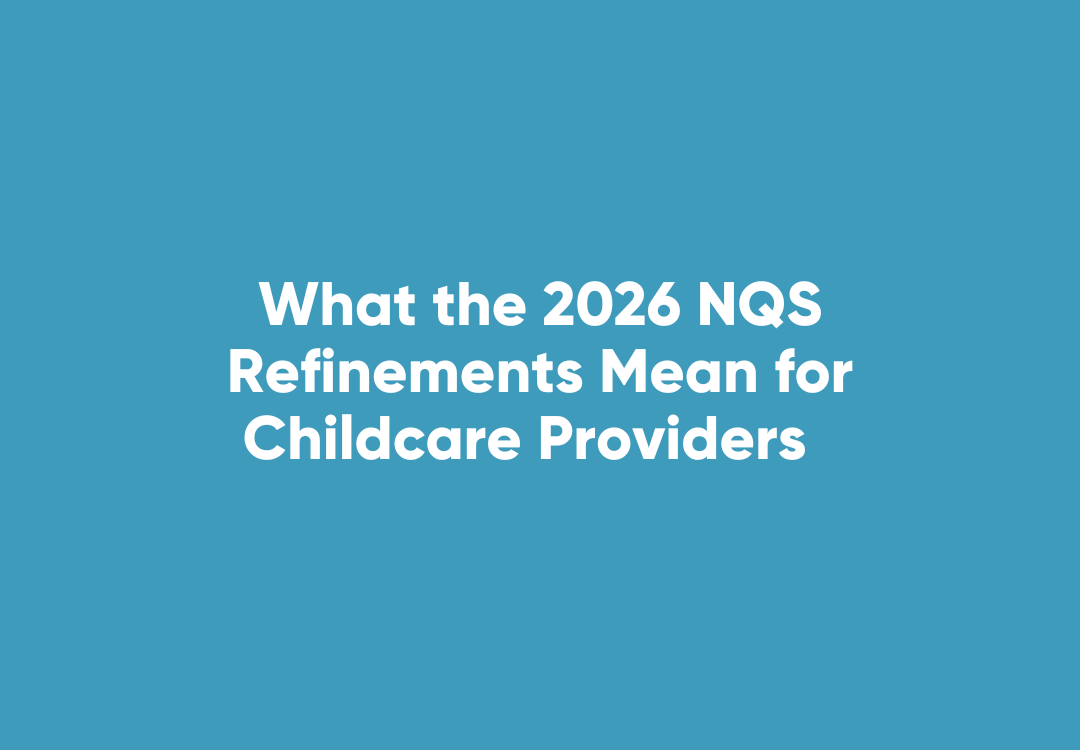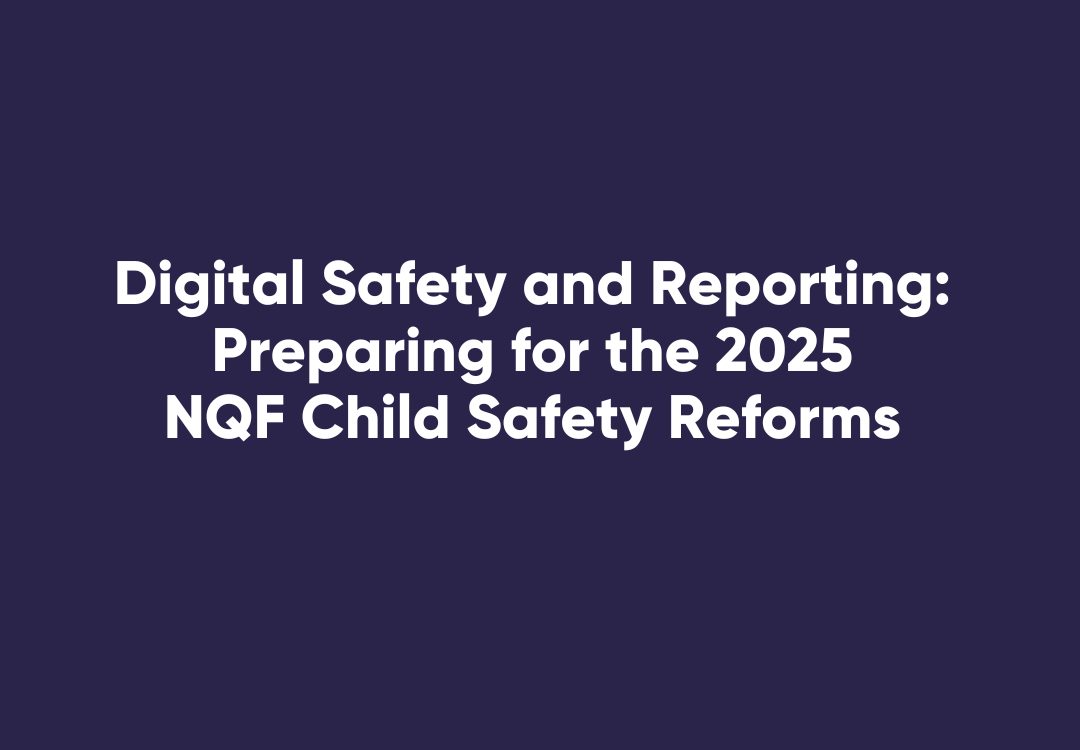Digital Identity Verification in Australia: What Makes a System Truly Secure?
Digital Identity Verification in Australia: What Makes a System Truly Secure?
Hiring someone based on a fraudulent identity can lead to reputational damage, legal consequences, and operational disruption. With identity fraud on the rise, HR professionals must understand what constitutes a secure digital identity system. A secure system ensures that identity data is accurate, tamper-proof, matched to a live individual, and protected from misuse. It verifies not just a document’s legitimacy, but that it belongs to the candidate, and that they are present and consenting to the process.
This guide outlines the critical components that make a digital identity system secure in the recruitment context, providing HR professionals with the knowledge to evaluate and implement effective solutions.
What is Digital Identity in Hiring?
Digital identity in recruitment refers to the process of confirming a person’s identity through secure, electronic methods during pre-employment screening and onboarding. Beyond government services, digital identity systems in HR encompass document verification, biometric checks, and smart data matching. These tools ensure that candidates not only are who they claim to be but also meet right-to-work and credential requirements.
To streamline onboarding and maintain compliance, digital identity tools must be accurate, secure, and efficient, safeguarding businesses against impersonation and fraud.
What Makes a Digital Identity System Secure?
A secure digital identity system incorporates multiple layers to address various risk aspects:
1. Document Verification Service (DVS)
The DVS is an Australian government system that validates documents like driver licences, passports, and visas against official databases. Integrating DVS into HR processes ensures that presented documents are genuine and current, reducing the likelihood of fraudulent or expired IDs being accepted.
2. Biometric Verification
Biometric systems use unique biological markers, such as facial recognition or fingerprints, to verify identity. These checks are challenging to forge, adding a robust layer of security. In recruitment, this might involve matching a candidate's selfie with their official ID photo.
3. Liveness Detection
Liveness detection confirms that the biometric data is being captured from a live person present at the time of verification, not from a static image or video. This step is crucial to prevent spoofing attempts using photographs or deepfakes.
4. Optical Character Recognition (OCR) and Data Extraction
OCR technology reads and converts text from scanned documents into machine-readable data. Advanced OCR can detect inconsistencies or alterations, minimising human error and expediting the identification of red flags.
5. Data Matching
Secure systems cross-verify extracted data and biometric results with the candidate's application details. This ensures consistency and accuracy across all submitted information.
6. Encrypted, Compliant Storage
All candidate data should be stored securely, encrypted both in transit and at rest, and in compliance with the Australian Privacy Act. This includes maintaining audit trails for compliance reviews and investigations.
Questions to Ask When Evaluating a Digital Identity Solution
When assessing digital identity solutions, HR professionals should consider the following:
What is the system’s approach to document verification?
Look for government-integrated checks through the DVS for Australian documents.
Does the system use biometric verification with liveness detection?
Facial recognition alone isn’t enough. Ensure the person is live and the match is confirmed.
Can the system flag inconsistent or tampered documentation?
This requires advanced OCR and real-time data analysis.
How is candidate data stored and protected?
Confirm that storage is encrypted, access is logged, and data stays within Australia.
Does it integrate with your current ATS or HRIS?
Integration reduces manual work and improves accuracy by embedding verification into your workflow.
What level of auditability does the platform provide?
Audit logs are critical for compliance and internal review processes.
Is the platform updated to keep pace with new fraud tactics?
Regular updates show a provider is proactive in security and compliant with new regulations.
How WorkPro Secures Digital Identity for Hiring
WorkPro’s
identity verification system is designed specifically for Australian employers who need fast, reliable, and compliant screening. Developed in consultation with HR professionals, it combines multiple protective layers in a single platform.
Here’s how WorkPro ensures secure identity verification:
- DVS Integration: Instantly validates IDs against Australian government databases.
- Biometric Verification with Liveness: Uses selfie-to-ID matching and active liveness checks to confirm both identity and presence.
- Advanced OCR & Fraud Detection: Automatically extracts, cross-checks, and flags any inconsistencies in submitted documents.
- Data Security: All candidate data is stored within Australia, encrypted in transit and at rest, and fully aligned with the Australian Privacy Act.
- Seamless System Integration: WorkPro connects with Bullhorn, JobAdder, PageUp, and other major HR systems to embed
verification into your workflow.
- Full Audit Trails: Every step is tracked and accessible for compliance reviews and incident investigations.
Secure, fast, and compliant identity verification is no longer optional. It’s a critical step in hiring the right people and protecting your organisation. If your current process relies on guesswork, manual checks, or disconnected systems, now is the time to upgrade.




